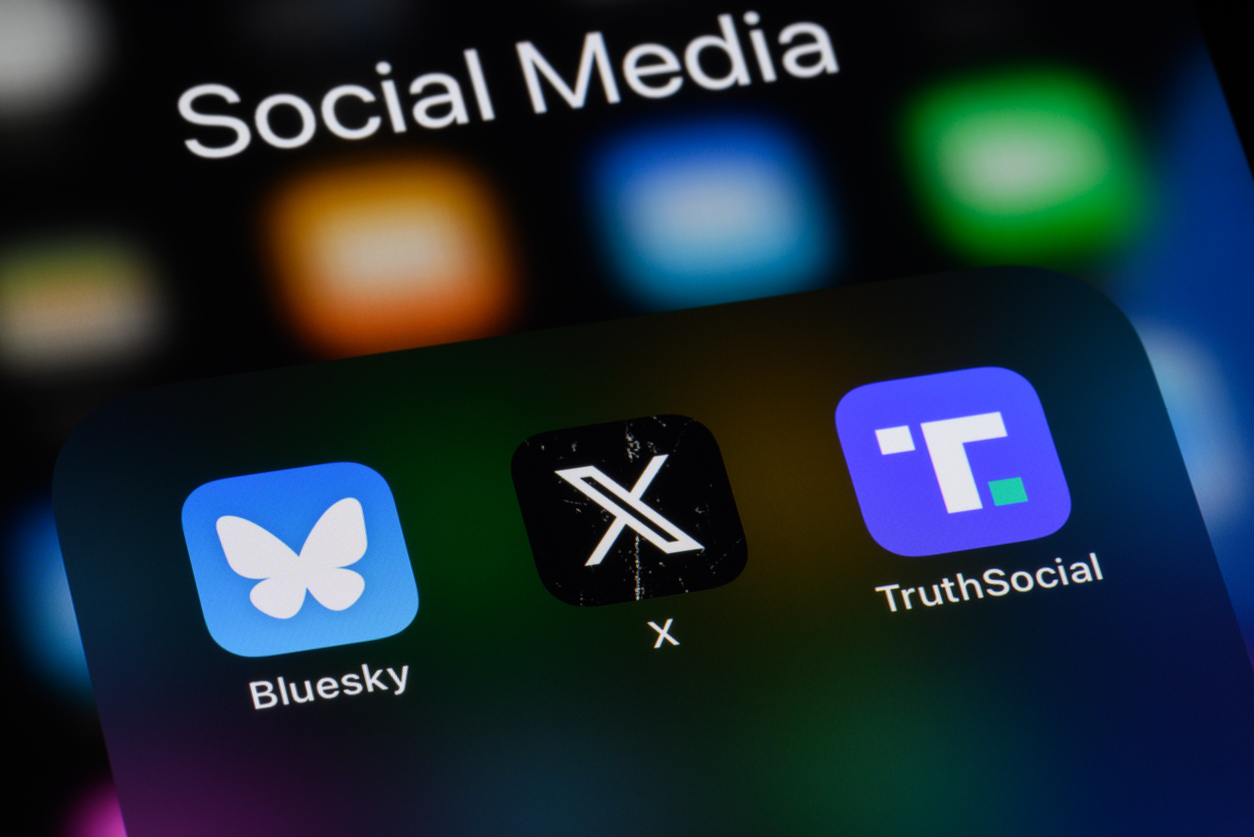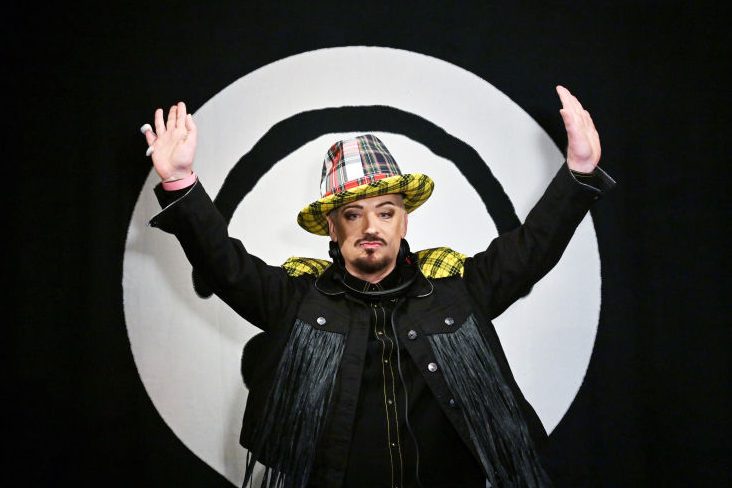Emily Paulson felt lost. A young mother with several small children, she’d stepped away from the career ladder and found herself stuck juggling childcare alone when her husband traveled for his corporate job. She was trapped in a circuit of sweatpants and Spongebob. So when an old high school acquaintance invited her out for wine, she was thrilled at the chance to get dressed up, go somewhere swish and feel like herself again.
It turned out to be a trap. Although she wasn’t swept into the back of a van by kidnappers, she was propelled into the world of Multilevel Marketing (MLM), also known as a pyramid scheme. The drinks invitation was a lure, first to be wowed by the fabulous cosmetics she could buy (at a discount!! And didn’t her friend’s skin look amazing?), and if she liked the product: why not have a go at selling it herself?
As Paulson writes in Hey, Hun, “I was the perfect target for an MLM, which preys on the cultural epidemic of isolation. They don’t exist because millions of SAHMs [stay-at-home mothers] are just dying to sell beauty products. They exist because those women feel lonely, trapped, and bereft of other solutions.” None of this is new: fifty years ago, suburban housewives were being targeted by Mary Kay and Tupperware parties. The postwar suburban expansion left many people feeling isolated, and the prospect of finding a network through a pyramid scheme was incredibly appealing to the stranded. But the rise of social media put a rocket under network marketing, enabling reps to reach out and pester thousands of connections, unlike the 1960s, when Amway reps had to rely on glad-handing at the Elks Lodge and Avon was still ringing doorbells.
What makes Paulson’s story fascinating is that she wasn’t a victim. There are thousands of people who bought into one of these firms, and now have nothing to show for it but a garage full of eyeshadow (or health shakes, or fitness DVDs), and a hefty credit card bill. She notes that “between 96 and 99.7 percent of people who buy into MLM schemes lose money. The odds of turning a profit in any MLM are lower than the odds of winning roulette.” Yet she was one of the winners, quickly becoming a top seller and at her peak earning $40,000 per month: mostly from the sales of her “downline,” those she had recruited. Those above her on the pyramid made even more.
This money partly came from a jaw-dropping degree of sleazy opportunism. Paulson’s firm (which she refers to by a pseudonym) was having their annual convention in Las Vegas at the time of the Mandalay Bay shooting. They turned this horrifying crime into a sales pitch. There is nothing, in her telling, that they wouldn’t monetize. She includes herself in this; she used her own cancer diagnosis to drum up customers. Because even as a winner, the pressure was immense. If you weren’t constantly pushing, you weren’t trying. You didn’t really believe. Part of what led Paulson to leave was becoming sober: realizing that without alcohol to lower her inhibitions, she couldn’t bring herself to be so pushy. She seems to have had a natural gift for sales and promotion which enabled her to do well (as well as charisma and looks), and has turned her post-MLM life into a success too. Since leaving MLM, Paulson works as a sobriety coach.
MLMs all work the same way, whatever the product. They have grown in the United States since the 1970s, partly through evangelical groups where they rose in tandem with the Prosperity Gospel. But they mine a rich seam of aspiration, going back to Napoleon Hill’s get-rich-quick books of a century ago. Paulson’s MLM was selling high-end skincare, mostly to white women, and the shakiest claim in the book comes when she labels this “white supremacy.” The nature of network marketing is that it leverages social networks that already exist. And most of us are socially connected to people who are like us. As any salesman (or con artist) will tell you, the best prospect (or mark) is someone with whom you have something in common, which is why you’ll be roped into an MLM by your neighbor, a sorority sister, or another mother from the PTA. We shouldn’t be surprised that pyramid schemes tend to be intraracial. But that is not to say that the concept is a distinctly “white” thing.
There are pyramid schemes around the world. They’ve been a growing problem in China since the Seventies, and in recent years they have become such an issue in India that the government has had to crack down. Humans of all races are susceptible to the controlling behavioral techniques that MLMs use. This is where Paulson’s book is at its most interesting, as she outlines the striking — and horrifying — parallels between MLM behavior and cult practices. People are initially seduced with promises of success, which give way to bullying and manipulation. The love-bombing returns as a reward that members are quickly conditioned to pursue. Like those living with an abusive spouse, members are at once desperate for the group’s approval and terrified of leaving. Some of the narrative is repetitive, as Paulson realizes how much she needs to spend to keep up the image, the designer clothes, the travel to all the networking meetings, the gifts to her team. But then she’s off on another flight; another convention. The hindsight recognition that it was all a crock taints the whole story (perhaps inevitably), because come on. Forty grand a month? That had to be more fun than she’s admitting. Which makes this a tricky cautionary tale, if its message is “don’t do what I do, because I made a fortune.”
But Paulson is brutal about the financial realities of most who get hooked by an MLM. The pyramid only works for those at the top, and the suckers at the bottom always lose. She’s able to stay afloat when she starts because of her husband’s income, which enables her to keep going until she starts recruiting a lot more “downline” sellers. Even the “free car” she is awarded for being a top saleswoman (free cars are a highly publicized MLM perk) isn’t free after all. She has to make the down payment, cover registration and insurance, and the MLM will only make the monthly payments as long as she stays at the top tier in sales. When she finally leaves, she is treated as an apostate, and dropped by all her “friends” who are part of the pyramid.
It’s easy to think “who would be such a dope as to fall for this?” Pyramid schemes are the subject of jokes and general derision. But they work because we all have points of vulnerability — and unscrupulous actors know how to use them.
This article is taken from The Spectator’s June 2023 World edition.

























